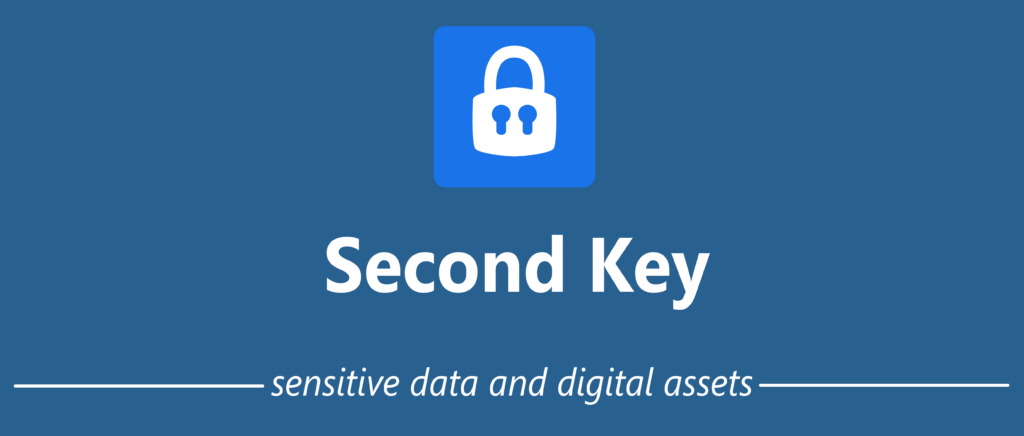
Category: Articles
-
FIT21 is narrowly targeted to achieve its cryptocurrency-focused objectives, and falls disappointingly short for the trust and estate industry and for individuals that desire to create a broader plan for their digital assets.
-
Stable, long-term industry solutions for sensitive data and digital assets require that leaders collaborate as part of a working group.
-
Digital assets cannot be managed by custodians and other fiduciaries with traditional custody strategies alone. Those that want to manage all client assets must start by differentiating among them based on their unique characteristics to provide asset-specific solutions.
-
Highlighting some of the common critical comments the SEC received to its Proposed Safeguarding Rule
-
Bad actors are increasingly using AI to improve the speed and efficiency of brute force password attacks, which can have devastating consequences for individuals and organizations.
-
Many are evaluating whether to build internal custody solutions (e.g., BNY Mellon, Fidelity), outsource to third-party custody providers (e.g., US Bank and Nydig), or avoid custody altogether.
-
Banks face steep challenges to providing basic digital asset services. This pushes consumers towards unregulated nonbank businesses, many of which have lost consumer assets. Regulators should support compliant banks with clear guidance on how they can provide these important services.
-
When the ULC adopted RUFADAA, they included immunity for any and all indirect liability that could arise from a custodian giving someone access to digital assets under the act.
-
People can designate surrogates or proxies to act or make decisions on their behalf, but that person typically cannot access digital assets.
-
Regardless of the image evoked, online vaults are just cloud data management systems. Some offer more security features, but even the best have limitations and should be evaluated against particular use cases before relying on them.